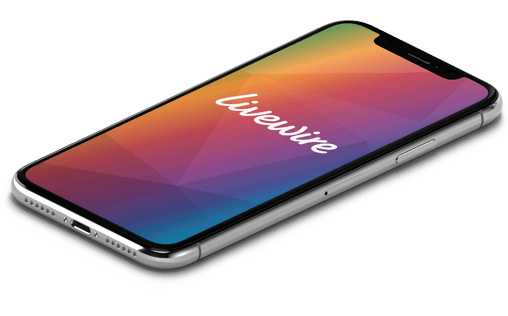
Every brand wants to be more environmentally friendly, and hopefully, they are taking active steps towards it. Aside from the fact that it makes sense to protect the world we live in, as marketers, you know it is always useful to showcase your company and brand in a positive light. It can generate positive engagement to show off what your brand is doing to tackle climate change.
However, how you and your company go about telling your customers what you are doing from an environmental perspective can be very telling.
In the race to appear conscientious and ‘green’, many companies (large and small) have fallen foul to ‘Greenwashing’ and have paid the price.
Greenwashing is a term coined by Jay Westerveld in 1986. The term explains a marketing technique used to create the illusion of eco-responsibility. In reality, the surface claims of positive environmentalism hide a backdrop of less-than-green if not damaging activities.
As concern grows for the future of the planet, so too does the pressure from governments and customers for companies to become more ecologically aware and more active.
As consumers, we are becoming far savvier with different marketing techniques (probably because we are bombarded with them daily). The better understanding we have of climate change the savvier we’re becoming to ‘green’ techniques. Customers have repeatedly shown they don’t just want a reaction from brands they want real action. Some brands have thrived from sharing their eco stories whilst others have fallen foul of greenwashing.
Green marketing Vs Greenwashing
Connecting to customers and appearing ‘human’ instead of corporate as a brand is more important than ever. Customers have a low tolerance for feeling deceived, especially by a large maskless company. Despite the high stakes, many businesses have successfully used green marketing to promote their positive impact on the environment. The key is transparency and being upfront with what you mean. Some of our favourite brands who live and breathe their eco-credentials include Jude’s ice cream, The Body Shop and Lush Cosmetics.
Green marketing is genuine communication and positioning of your brand, where the focus is on providing environmentally and socially conscious products/ services. In short, the green claims are justified.
Greenwashing, by contrast, is marketing that misleads customers about the positive environmental impact of a product/service. The company does not bring about any environmental improvement. It could even be environmentally damaging.

How to Spot Greenwashing
1) Vague language and buzzwords
Many Greenwashing campaigns stand out for not having substance behind their words. Often relying on buzzwords to paint an illusion of being ‘eco’. The top words and statements to look out for are ‘eco-friendly’, ‘sustainable’, ‘good for the planet’ and ‘natural’. These words themselves are not Greenwashing, but when they are not backed up with substantial evidence or even a reason why the product is ‘green’, it is a red flag that the product/service you are looking at is not eco at all.
2) Hiding information
With any type of investigation, often the most important evidence is not what you can see but what is not there. The most common type of corporate Greenwashing is when a brand releases a product/range that is ‘green’ but the rest of their products/services remain the same. More and more companies are being ‘called out’ for this, with damaging effects.
3) Carbon Offset
Carbon offset is the process or attempt of a company trying to balance its emissions by finding other ways to remove an equivalent amount of greenhouse gasses from the atmosphere. There are several failings when it comes to carbon offset. The main one is that brands rarely include their supply chain and transport in their calculations. Secondary to this is that they’ve already caused the damage before they try and repair it, why not look at the start of the problem!
“[Carbon offset] is riddled with fraud and allows firms to claim they’re meeting emissions target while they continuously pump emissions into the air… the whole point of offset is to allow these corporations to keep emitting with impunity and allows governments to claim they are meeting targets.” – David Barmes, senior economist at Positive Money.
4) Who owns the company?
Large conglomerates with high environmental impact and a large carbon footprint have been known to buy smaller brands. This is in a bid to target environmentally conscious marketing campaigns toward the public who are unaware they are buying into some of the largest polluting companies in the world. For example, did you know that Coca-Cola owns Innocent Smoothies, a brand synonymous with being natural and doing good? In contrast, a survey found that Coca-Cola contributes to 1 in 10 pieces of litter in the UK.
Many big brands have found themselves in the spotlight and accused of Greenwashing their marketing, including household names like Nike and Adidas.
Don’t undermine your brand’s integrity with misleading marketing. When it comes to the customers of 2022, transparency is key! Talk to your audience, show you are human and environmentally conscious.
For more tips on branding, brand positioning and particularly environmentally conscious marketing, visit our blog today. Alternatively, for one-on-one assistance, contact a member of the Livewire team.
Free SEO Checkup


